Snap Peas: An Expert Guide
Introduction
Snap peas are a beloved addition to gardens worldwide, offering a crisp, sweet flavor that’s perfect for both snacking and cooking. Their versatility, ease of cultivation, and nutritional value make them a favorite among beginner and seasoned gardeners alike. In this guide, we’ll dive deep into everything you need to know about the crop, including planting tips, care techniques, and creative ways to use them in your kitchen. With practical advice and internal links to related topics, you’ll be well-equipped to cultivate your own thriving snap pea garden.
What Are Snap Peas?
Snap peas, often referred to as sugar snap peas, are a delightful cross between garden peas and snow peas. One of their standout features is their fully edible pods, eliminating the need for shelling and making them both efficient and waste-free. Their bright green, crunchy texture and mildly sweet flavor have earned them a spot as a favorite ingredient in a wide variety of dishes. Whether used fresh in salads, lightly sautéed in stir-fries, or steamed as a side dish, snap peas bring both nutrition and flavor to the table. Their versatility and ease of preparation make them a staple for health-conscious cooks and food enthusiasts alike.
These peas are unique not only for their culinary uses but also for their aesthetic appeal in the garden. Their vibrant green vines, adorned with delicate tendrils and white blossoms, add a touch of elegance to any planting space. Additionally, their dual nature of being a food crop and a visual enhancement makes them a particularly rewarding choice for gardeners looking to maximize the use of their space.

Why Grow this crop?
Growing these peas is a fulfilling venture for a variety of reasons that go beyond just producing food.
Rich Nutritional Value
These crunchy pods are packed with essential nutrients, making them a powerhouse addition to your diet. They boast high levels of vitamin C, which supports immune health, and vitamin K, which promotes strong bones. Their fiber content aids in digestion, while their naturally low calorie count makes them a guilt-free snack for anyone aiming to maintain a healthy lifestyle. Additionally, snap peas contain antioxidants that help combat oxidative stress, contributing to overall wellness.
Low Maintenance and Easy Growth
This crop is among the easiest crops to grow, making them a great choice for gardeners of all experience levels. These plants thrive in cool weather, which makes them an early-season favorite for planting as soon as the soil can be worked. Their ability to grow with minimal effort and care ensures consistent results, even for those new to gardening. These low-maintenance plants require simple trellising to support their vertical growth, keeping the pods clean and easy to harvest.
Adaptable for Any Space
One of the standout qualities of these plants is their adaptability. Whether you’re working with a sprawling garden or a compact urban balcony, snap peas can fit into your space. They grow exceptionally well in containers, offering flexibility for gardeners with limited room. Their climbing nature allows them to utilize vertical space effectively, leaving room for other crops or decorative plants.
Eco-Friendly Gardening Choice
Another benefit of growing this crop is their role in sustainable gardening. As nitrogen-fixing plants, they naturally enrich the soil by converting atmospheric nitrogen into a form usable by other plants. This reduces the need for synthetic fertilizers, promoting healthier soil and benefiting subsequent crops. Whether you’re looking to enhance your garden’s productivity or simply enjoy homegrown produce, these versatile peas are an excellent addition.
Snap peas are truly a gardener’s delight, combining visual appeal, ease of care, and valuable nutrition into a single plant. Whether you’re growing them for their flavor or their role in sustainable gardening, they’re a worthwhile investment in any outdoor or container garden.
Planting Snap Peas: The Basics
To ensure a healthy and productive crop, timing and preparation are crucial when planting these vibrant green vegetables.
When to Plant
These peas thrive in cooler weather, making early spring the ideal time to sow seeds as soon as the soil is workable. In regions with mild climates, you can also plant them in late summer or early fall for a second harvest before winter sets in. Planning your planting around these windows ensures optimal growth and a bountiful yield.
Soil Preparation
Well-draining, fertile soil is essential for strong and healthy plants. Aim for a soil pH between 6.0 and 7.5, as this range supports the best nutrient uptake. Before planting, incorporate organic compost or a nitrogen-rich fertilizer to provide the necessary nutrients for vigorous growth. This step not only improves soil texture but also ensures your plants get a strong start.
Seed Spacing and Depth
Spacing seeds correctly is vital for maximizing plant health and reducing the risk of disease. Sow seeds about 1 inch deep and space them 2 inches apart in rows that are 18-24 inches apart. This arrangement provides ample room for airflow, minimizes competition between plants, and supports optimal growth conditions.
For additional techniques to help your peas reach their full potential, check out our guide on How Tall Sugar Snap Peas Grow, which includes practical advice on trellising and supporting taller plants.
Supporting Snap Peas with Trellises
Snap peas are natural climbers and require a support system to grow vertically. Trellising is essential for keeping the plants off the ground, improving airflow, and making harvesting easier.
- Types of Trellises: Use netting, bamboo stakes, or A-frame trellises to guide the vines upward.
- Placement: Position the trellis in a sunny location to ensure the plants receive enough light throughout the day.
- Maintenance: Regularly guide the tendrils toward the trellis to encourage upward growth.
Trellising also protects the plants from pests and diseases by minimizing ground contact, which can harbor harmful pathogens.
Caring for Snap Peas
This fruit is relatively low-maintenance, but a few care techniques will help ensure a healthy and productive crop.
- Watering: Water deeply once a week, ensuring the soil stays consistently moist. Avoid overwatering, as soggy soil can lead to root rot.
- Mulching: Add mulch around the base of the plants to retain moisture, regulate soil temperature, and suppress weeds.
- Fertilizing: This fruit is considered nitrogen-fixing plants, which means they can produce their own nitrogen with the help of soil bacteria. A light application of compost or a balanced fertilizer at planting time is usually sufficient.
- Pruning and Pinching: Remove yellowing or damaged leaves and pinch off the tips of vines to encourage lateral growth and improve pod production.
Snap Peas in Containers
For gardeners with limited space, snap peas can thrive in containers with the right setup.
- Container Size: Use a pot that’s at least 12 inches deep with drainage holes to accommodate root development.
- Soil and Fertilizer: Fill the container with well-draining potting soil enriched with organic compost. Fertilize lightly to avoid overfeeding.
- Support Structures: Even in containers, snap peas benefit from trellising or stakes to guide their growth upward.
Container gardening is an excellent option for urban gardeners or those with smaller outdoor spaces. It also allows for easy mobility, so you can move the plants to optimize sunlight or protect them from harsh weather conditions.
Common Pests and Diseases
This crop is generally hardy, but they can still fall prey to pests and diseases. Here are some common challenges to watch for:
- Aphids: These tiny insects can damage leaves and stems. Use neem oil or insecticidal soap to control infestations.
- Powdery Mildew: This fungal disease appears as a white, powdery coating on leaves. Improve air circulation and avoid overhead watering to reduce the risk.
- Root Rot: Caused by overly wet soil, root rot can weaken or kill plants. Ensure your soil has good drainage and avoid overwatering.
For more information on managing pests in the garden, read our article on Common Garden Pests, which offers tips for organic pest control.
Harvesting Snap Peas
Knowing when and how to harvest snap peas is essential for enjoying their peak flavor and texture.
- Timing: Harvest snap peas when the pods are plump but before the peas inside become too large. This usually occurs 6-8 weeks after planting.
- Technique: Use scissors or garden shears to cut the pods from the vine to avoid damaging the plant.
Regular harvesting encourages the plant to produce more pods, extending the growing season.
Culinary Uses for Snap Peas
Snap peas are incredibly versatile in the kitchen. Their sweet flavor and crunchy texture make them a favorite ingredient in many recipes.
- Raw in Salads: Add snap peas to salads for a refreshing crunch and a burst of sweetness.
- Stir-Fries: Sauté snap peas with garlic and soy sauce for a quick and healthy side dish.
- Snacks: Enjoy snap peas as a standalone snack or pair them with dips like hummus for added flavor.
Snap peas can also be lightly steamed, roasted, or added to soups and casseroles, making them a versatile ingredient for any meal.
Nutritional Benefits of Snap Peas
Snap peas are not only delicious but also packed with nutrients that support overall health.
- Rich in Fiber: Fiber aids digestion and helps maintain healthy blood sugar levels.
- High in Vitamins: Snap peas are an excellent source of vitamin C, which supports immunity, and vitamin K, which promotes bone health.
- Low in Calories: Their low-calorie content makes snap peas an ideal choice for those looking to maintain a healthy diet.
Including snap peas in your meals is an easy and tasty way to boost your nutrient intake.
Why You Should Grow Snap Peas
Snap peas are a fantastic addition to any garden for several reasons:
- Quick Growing: Snap peas mature in just 6-8 weeks, allowing you to enjoy a fast and rewarding harvest.
- Sustainable Gardening: As nitrogen-fixers, snap peas enrich the soil for future crops, making them a valuable component of crop rotation.
- Kid-Friendly Gardening: Their sweet flavor and easy harvesting process make snap peas a great choice for introducing children to gardening.
Growing snap peas is not only beneficial for your health but also for the overall health of your garden.
Conclusion
Snap peas are a versatile and rewarding crop that can thrive in a variety of settings, ranging from garden beds to containers. Moreover, by providing the right care—such as trellising, consistent watering, and effective pest management—you can ensure a bountiful harvest of these delicious pods. Whether you’re growing them for their exceptional flavor, impressive nutritional benefits, or ease of cultivation, snap peas undoubtedly make a valuable addition to any garden. Furthermore, their ability to adapt to different growing environments makes them an excellent choice for gardeners of all experience levels.
For more insights into growing this popular vegetable, check out our guide on How Tall Sugar Snap Peas Grow and learn tips for maximizing their growth potential. Happy gardening!


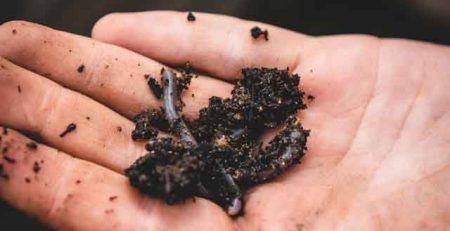
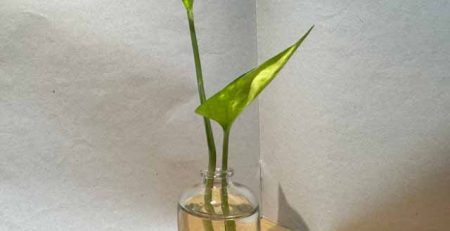

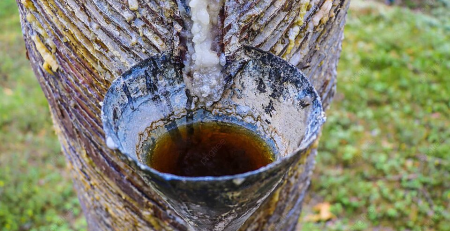

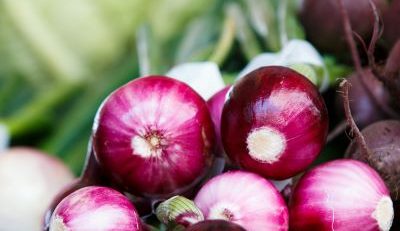
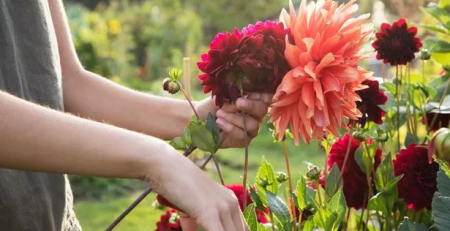
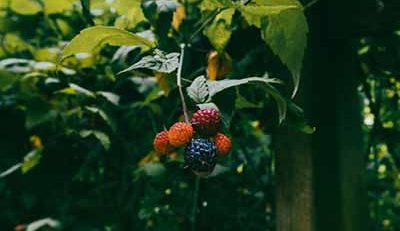
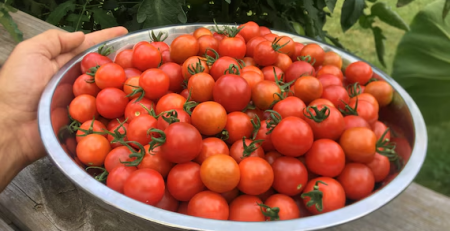

Leave a Reply